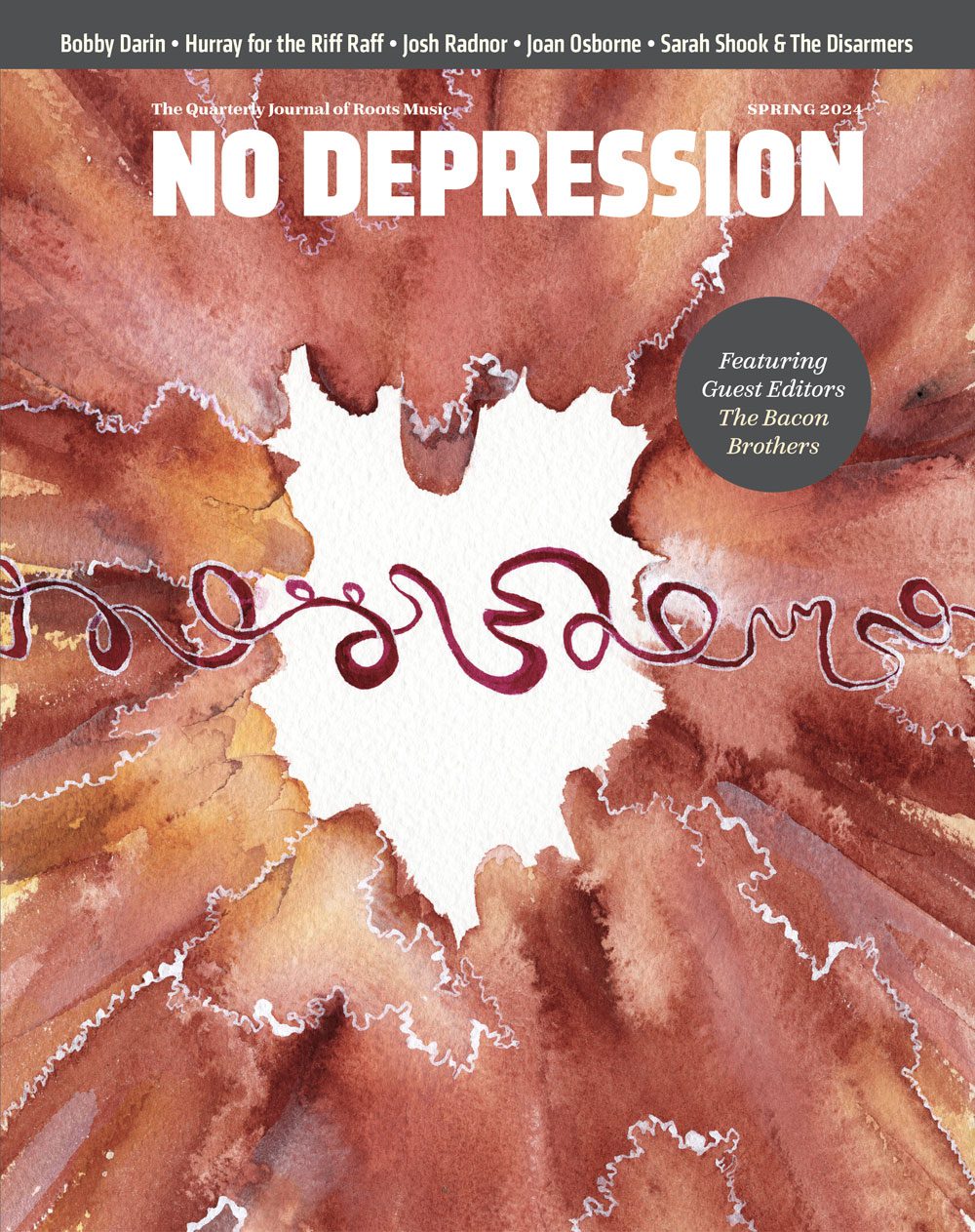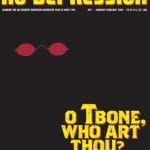Slim Bryant – The professional
In 1926, Columbia Records producer Frank Walker gathered McMichen, fiddlers Gid Tanner and Bert Layne, guitarist Riley Puckett and banjoist Fate Norris to form a recording band called the Skillet Lickers. McMichen’s fame grew with further performances and records. He backed Jimmie Rodgers on a 1929 Deep South theater tour. Nonetheless, he had little use for “hillbilly” music. Jazz and pop were his true passions, reflected in the music of his other band: McMichen’s Melody Men.
After Slim graduated from Fulton High in 1926, Posey Bryant, electrical foreman for a new Sears building under construction downtown, got his son on as an apprentice electrician. Slim worked at Atlanta’s Capitol Theater as a material clerk before joining the Georgia Electric Company as an estimator, learning business skills that later served him well. At night, he studied electrical engineering at Georgia Tech.
Slim learned a few chords from his mother, but Nick Lucas was his first real guitar hero. Watching Lucas, one of the 1920s’ biggest stage and recording artists, perform at the Capitol was a revelation. Lucas accompanied himself on a steel-string guitar, a relatively new development (early 1900s) that provided a volume and tonality that guitars strung with the old “gut” strings had lacked. By the mid-’20s, the guitar’s popularity began to surpass that of the banjo, and Lucas was one of the reasons.
Eddie Lang was another reason — and Slim’s second role model. The true fountainhead of jazz guitar, Lang (a.k.a. Salvatore Massaro) and his boyhood pal from Philadelphia, jazz violinist Joe Venuti, played with big-league pop orchestras such as Paul Whiteman’s. They also recorded remarkable instrumentals including “Wild Cat” (1927). Lang’s solo lines and chord work, mixed with Venuti’s swinging improvisations, later became bedrock components of western swing.
“[Lang] had a great influence on me,” Slim said. “I learned his jazz tunes and [later] played ’em on the radio.” As for Lucas, “I never heard anybody who could sing and then play a chorus,” he declares. “I copied his accompaniment because he was better than country music. I helped introduce this into country music.” True enough. While most early country guitarists played simple chords, historians Charles Wolfe and Bill Malone correctly cite Bryant as pioneering jazzy, closed-chord rhythm guitar on country records.
But playing with the finesse of a Lucas or Lang required intense study with a capable teacher. Bryant landed a great one. Perry Bechtel, six years older than Slim, was the former banjoist with the popular Phil Spitalny Orchestra. In 1928, he moved to Atlanta where he taught banjo and guitar, recorded and performed.
“A wonderful musician,” Slim declares. “One of my best friends and I owe him — much. I heard he was teachin’ at the Cable Piano Company, so I said, ‘I heard your record of ‘Wabash Blues’, or something, I want to play it just like that.’ He said, ‘I can teach you that in 30 minutes. If you want to play ’em all like that, you gotta take lessons.’ I took lessons from him for a year and four months. And he taught me how to make solos out of full chords and so forth.”
Slim still worked his day job in 1930 as he wrote songs such as “Yum Yum Blues”, with melodies and lyrics clearly influenced by that era’s pop ditties. One day, while having lunch at Atlanta’s Macy’s department store, he overheard a conversation. “There was two guys sittin’ to the right of me and they started talkin’ about a poker game the night before. One said, ‘You know I’m never gonna play any poker again. I’m through with it.’ He told the story: He drew this card and saw his mother’s picture. And I thought, ‘Ahh…this would make a hell of a song.’ So I went home and I wrote it. I just wrote what I thought.”
He called it “Mother, The Queen Of My Heart”.
In 1931 Slim joined McMichen’s cousin Elmer, who led a stringband on WSB. His guitar skills impressed Clayton, who hired him that May for his new Georgia Wildcats band, which included Bert Layne and Johnny Tallent. Frank Walker recorded them for Columbia that October when he produced the final Skillet Lickers session.
Tallent often sang “In The Pines”, a traditional tune that fascinated Slim. “He had a beautiful voice and I liked the song,” he explained. “I took the song, changed the words and lyrics and copyrighted it.” He and McMichen shared credit and later sold a third to Jimmie Davis, a shrewd investor in others’ compositions that carry his name (“You Are My Sunshine” among them). “In The Pines” became a standard recorded by everyone from Bill Monroe and Dolly Parton to Lead Belly, Duane Eddy and Nirvana (as “Where Did You Sleep Last Night”).
The Georgia Wildcats began the peripatetic existence common for radio acts of that era. “What we did in those days was go into a town and get on the 50,000-watt radio [stations] and make personal appearances. And if we could get a commercial for Big Yank Shirts or Olson Rugs or some of those companies, that was extra money,” he explains.
Leaving Atlanta later in 1931, they worked at WCKY in Covington, Kentucky, then crossed the Ohio River to Cincinnati’s WLW. Station management insisted that as non-union musicians, they play only country, as WLW’s union musicians handled pop and jazz. “We didn’t pay a bit of attention,” Slim says. “I went ahead and played all the [jazz] numbers I wanted and nobody said anything.”
Around Christmas, the lineup — McMichen, Slim, Pat Berryman and Johnny Barfield — briefly moved to KDKA, the first of Slim’s three moves to Pittsburgh. Things didn’t go so well at their next stop, Cleveland’s WHK. As they prepared to leave, on July 21, 1932, McMichen received a telegram from Jimmie Rodgers, who was en route to record at the Victor Records studio in Camden, New Jersey. Rodgers wanted McMichen on the sessions.
Rodgers was still rural music’s biggest star, though worsening tuberculosis left him with less than a year to live. Aware of that reality, Victor A&R man Ralph Peer, who discovered him at the 1927 Bristol Sessions, recorded him as often as possible. McMichen agreed to come. When he inquired about bringing Slim to play guitar, Rodgers offered to pay Slim’s expenses but couldn’t promise Peer would use him.
“I figured, I ain’t got nothing to lose,” Slim recalls. “I was single, and it didn’t matter to me. So I went.” Toting his Martin 12-fret 000-series, he and McMichen headed to Washington, D.C., and met Rodgers and five-string banjoist Oddie McWinders. Rodgers’ chauffeured limo carried them to Camden. After hearing Slim sing “Mother, The Queen Of My Heart”, Peer green-lighted both the song and Slim’s guitar work, realizing he’d enhance the music and free Rodgers from the physical demands of constant guitar playing.




